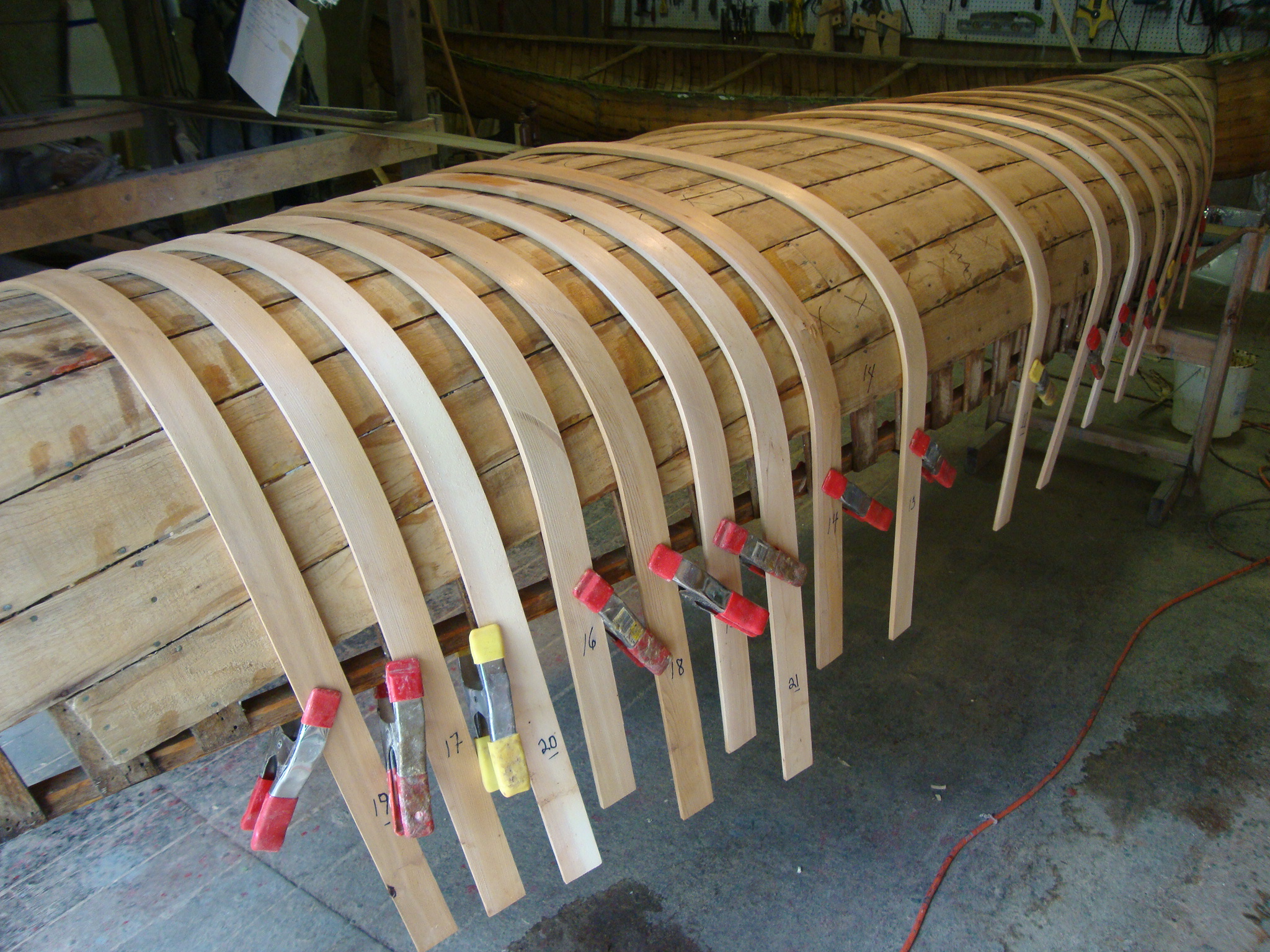Tanalising wood means that the wood will waterproof the wood, but you still require the wood to be fungi free. So TANALITH E has some preservatives including a unique copper and organic biocide. These are used alternatively to arsenic which is more commonly used in CCA treated woods (Chromated Copper Arsenate)
Tanalised wood does not need any finishes such as varnishes but will tarnish over time to a grey colour due to the weather, sun and moisture. Being tanalised the timber has a distintive green tink to it but also becomes resistant to wood decay and animals.

1. The tanalising process involves placing the timber within a treatment cylinder and creating a vacuum within the timber cells
2. The cylinder is then flooded undeer vacuum with the preservative treaments
3. Hydraulic pressure is then used to force the preservative deep into the timber cells
4. After a dertermained period of pressure (depending on the type of timber and its use), the treatment solution is then pumped back out of the cylinder into a storage tank and the a final vacuum extracts excess solution from the timber
5. Low pressure inside the timber draws in surface solution when vented to atmosphere and the treated timber is left for a period of time for fixation of presvertion to occur
















